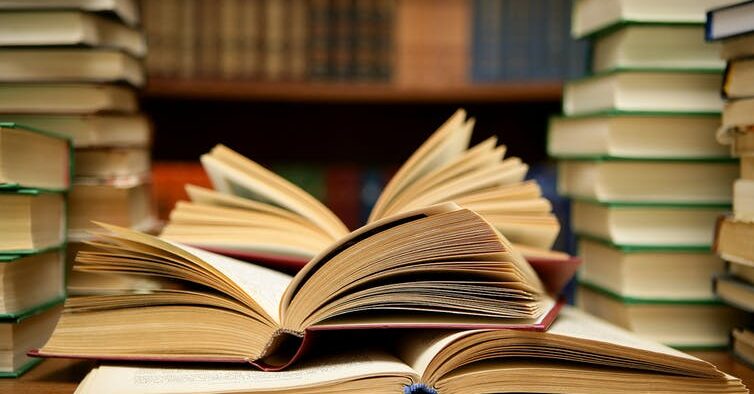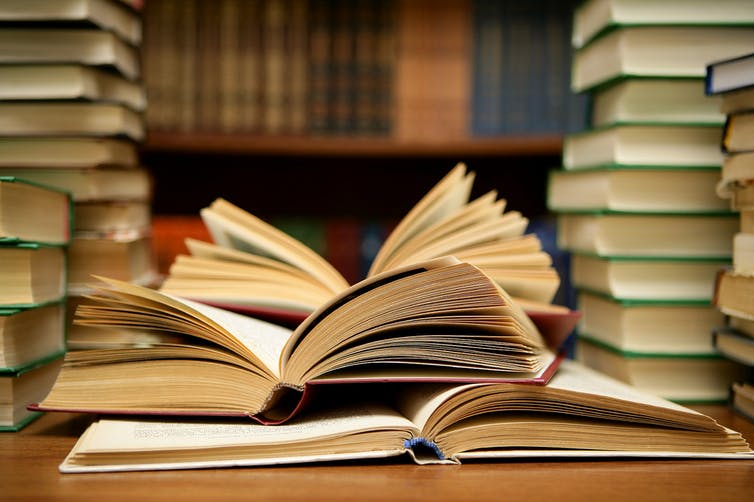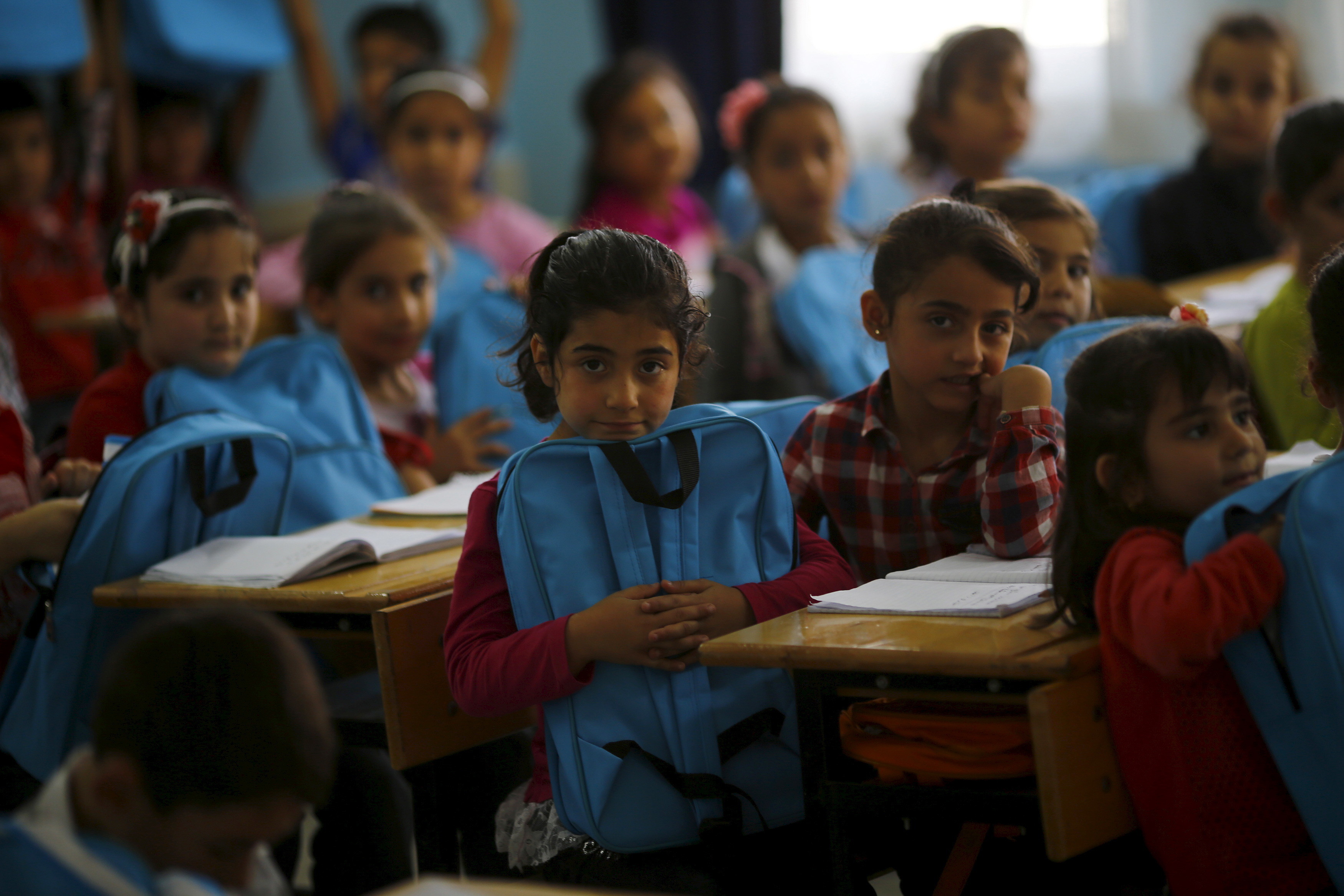Evolution of Modern Education in India
Share

India, the second most populous u. S. A. Inside the World also has the second biggest training device next to China. According to records, 32% of the populace is under 15. With globalization spreading to each nook and corner, the significance of schooling has multiplied significantly, but the accelerated call isn’t met efficaciously. In a country with this kind of big population, college students enrolling for better education money owed best to 9 million, which may be a tiny fraction thinking about the whole population.
Historically, schooling in India has been constrained best to upper-class individuals who ought to have the funds to pay the costs. Guru used to educate everything the pupil wanted to analyze properly, from Sanskrit to Puranas to Upanishads. The pupil used to live at the guru’s home and learn the entirety, including a way to run domestic, and this created a sturdy bond between the instructor and pupil. All the studying has changed into something carefully associated with nature and lifestyles, but now, I am not restrained from memorizing some facts.

Modern schooling changed in India through colonial rule through Lord Thomas Babington Macaulay in 1830, and topics like technology and mathematics have been blanketed into the curriculum. Teaching becomes confined to classrooms, and the intimacy between the guru and the pupil becomes lost. Even at some stage in colonial rule, education became limited to wealthy and top-caste human beings. Many Government universities have been hooked up in Mumbai, Kolkata, and Chennai. Apart from government colleges, Christian missionaries also hooked up many personal colleges. With the arrival of girls’ colleges, female training flourished in India, and the curriculum in such schools ranged from Persian, writing, and arithmetic to different neighborhood languages. English has changed into a training medium as most people believe gaining knowledge of English could make Indians more successful in their income activities.
However, after independence, the Indian government took stringent measures to ensure that education was not primarily reserved for the privileged; numerous colleges and schools were established to offer training to all, regardless of socio-economic differences.
Era, computers, projectors, the net, and plenty of greater aid modern schooling in India. Everything that may be simplified has been made simpler, and now education isn’t confined to gaining understanding. However, it specializes in the overall development of the scholars and their potential to use the know-how they’ve won in their day-to-day existence. The internet presents significant information, and there’s no quit for people who want to research. Discoveries and innovations in science and eras introduced a world that became unknown to us, and globalization has made the complete universe available to humankind.
Typically, faculties in India consist of 3 main streams: one is controlled utilizing the respective country government, and the alternative two are coordinated at the countrywide stage: CBSE and ICSE. CBSE and ICSE councils conduct their examinations in affiliated faculties across the United States. Apart from these streams, few International faculties follow an overseas curriculum. Every move has its professionals and cons, and it’s far the affordability that determines how faculty parents join their wards.








